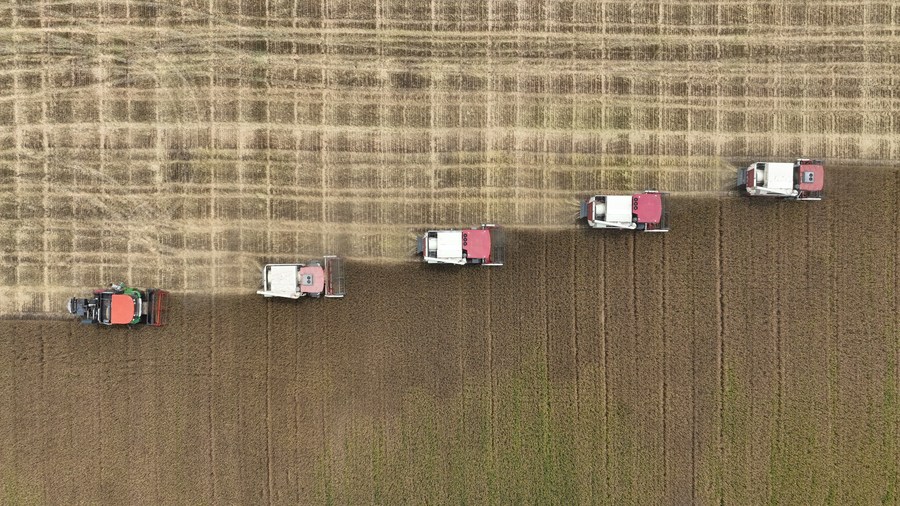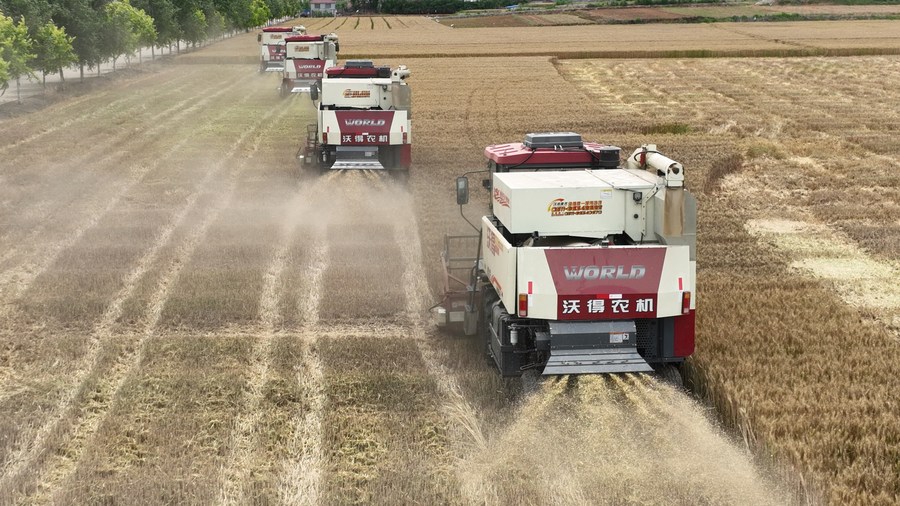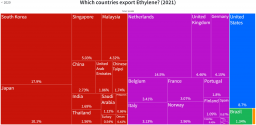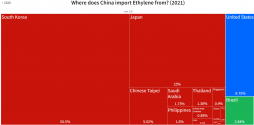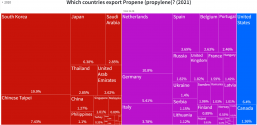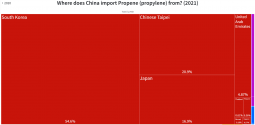China's high-tech harvest contributes to global inflation suppression
13:43, 25-Jun-2023
Agricultural machines harvest wheat in Ningyang County of Taian City, east China's Shandong Province, June 2, 2023. /Xinhua
China is making multi-pronged efforts including high-tech measures to reap a bumper harvest this summer, injecting confidence into an inflation-plagued world.
As of June 19, the harvested area of winter wheat in China had reached about 20 million hectares, completing over 90 percent of the annual workload for the summer harvest, data from the Ministry of Agriculture and Rural Affairs shows.
Traditionally, the summer harvest spans from May to late June in China every year, with most of the work focused on reaping winter wheat, a staple grain crop. The grain output for the period makes up about a quarter of the annual total.
Rows of harvesters powered through the knee-high wheat in Xinjiang County, north China's Shanxi Province, harvesting over 600 mu (about 40 hectares) in just a few hours.
"The per mu (0.067 hectares) yield of this wheat field is estimated at over 600 kg," said local farmer Chao Zhenliang, who expects another bumper harvest this summer.
"The overall situation is quite optimistic, indicating a bumper harvest in 20 consecutive years," noted Jiang Wenlai, a researcher at the Institute of Agricultural Resources and Regional Planning, Chinese Academy of Agricultural Sciences.
An agricultural machine harvests wheat in Yanhu District of Yuncheng City, north China's Shanxi Province, May 31, 2023. /Xinhua
Harvest vs inflation
Food is upstream in the global commodity chain, and rising food prices may be transmitted to other commodities, further affecting global inflation.
Data from Eurostat shows that inflation in the Eurozone reached 7 percent in April. In developing countries such as Türkiye and Argentina last year, inflation reached the highest levels in decades.
Inflation has significantly affected ordinary people all across the world. More than nine in 10 Americans are cutting expenses, with two-thirds of polled respondents cutting back on their spending on essential goods over the next six months, according to a survey of more than 4,400 U.S. adults conducted by CNBC and The Morning Consult earlier this month.
Furthermore, nearly 258 million people in 58 countries and territories faced acute food insecurity at crisis or worse levels last year, according to the Global Report on Food Crises 2023 (GRFC 2023) released by the Food and Agriculture Organization of the United Nations (FAO). This was up from 193 million in 53 countries and territories in 2021.
By the end of 2022, global food prices had declined, but they remained higher than pre-pandemic levels, and food prices in some countries experienced an increase but have yet to decline, the GRFC 2023 said, adding that in 2023, the combination of extreme weather and COVID-19 will continue to cause food insecurity.
"Global food production is still shrouded in uncertainty, but as the world's largest grain production and consumption country, China's summer grain harvest has undoubtedly increased the certainty," said Zhang Zhongjun, assistant representative of FAO China.
"Taking up nearly a fifth of the world's population, China's abundant food supply and stable market are great contributions to the suppression of global inflation."
Jiang also noted that, as the "world's factory," China's grain production has stabilized its domestic commodity prices, which enables people around the world to enjoy affordable goods made in China.
Agricultural machines harvest wheat in Ningyang County of Taian City, east China's Shandong Province, June 2, 2023. /Xinhua
China's high-tech summer harvest
Work on rural areas and agriculture has been high on the agenda for China during the past two decades. As of 2022, China's grain output had remained above 650 million tonnes for eight consecutive years, owing to its strong emphasis on food security.
The country has consistently kept its farmland area above the red line of 120 million hectares as a means of ensuring food security. Meanwhile, the contribution rate of agricultural science and technology has increased from 53.5 percent in 2012 to 60.7 percent in 2020, and is expected to rise to 64 percent in 2025.
Although experts believe that the summer harvest is already "set in stone," achieving this result was by no means easy. Last month, China's main wheat-producing province Henan accelerated progress on the harvest to overcome the persistent rainy weather.
At a farmers' cooperative in
, 16 combine harvesters operated round the clock to enhance efficiency. The county also put 18 grain dryers into use and sent technicians to provide guidance, as part of efforts to improve the quality of the grain crop.
To minimize grain losses due to rainfall, the agricultural bureau of east China's Anhui Province has introduced additional agricultural machinery from neighboring provinces, including Shandong, Jiangsu and Henan, thereby speeding up the harvest.
Wu Tianchang, an operator of agricultural machinery, said the trucks were allowed to drive toll-free on expressways during the summer harvest period, while service stations were provided at each of the locations he had been to.
Since late-May, China CO-OP Group has coordinated over 1,300 personnel and about 400 agricultural machines to ensure the smooth running of the harvesting, sowing and field management in various regions.

